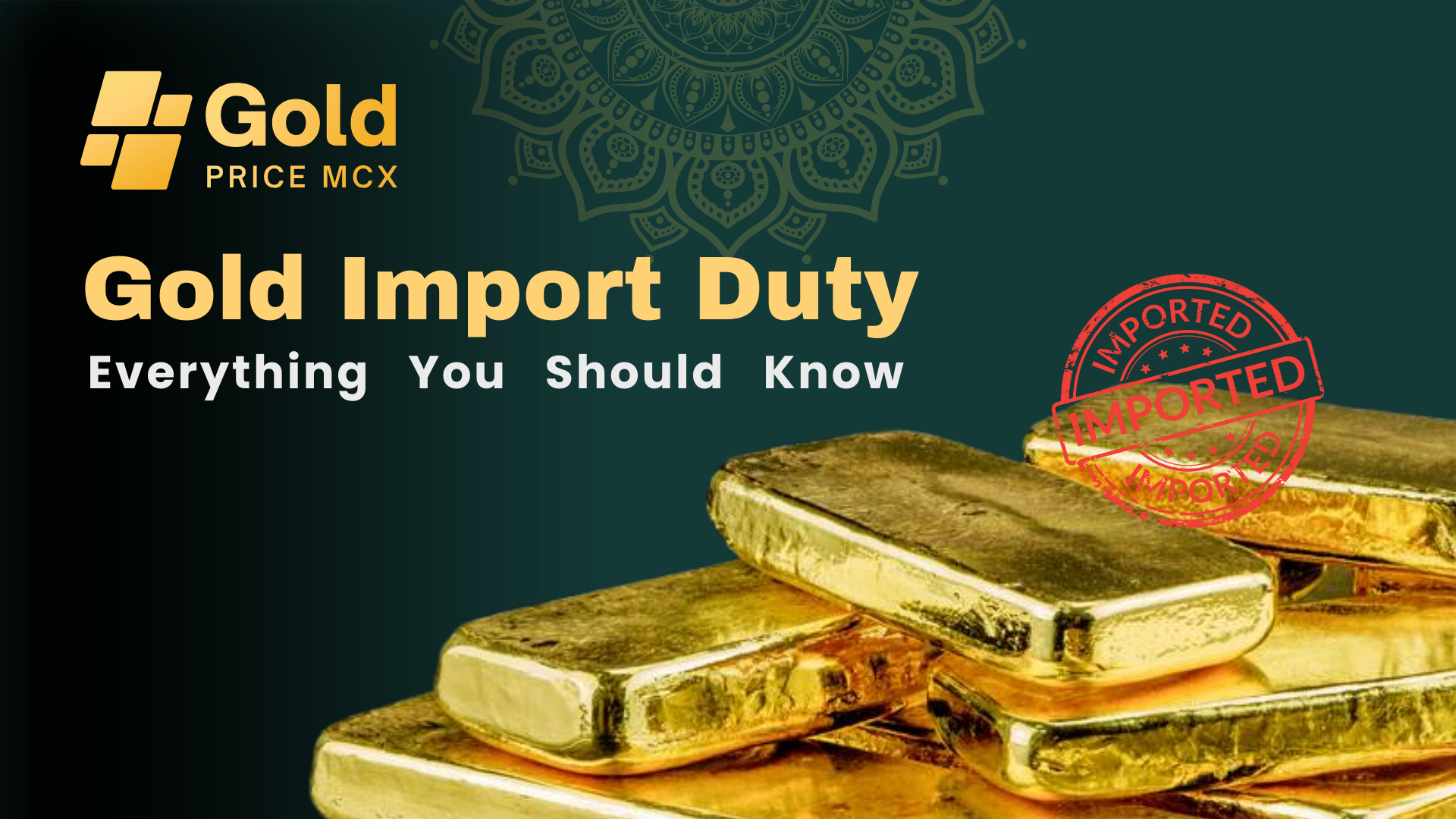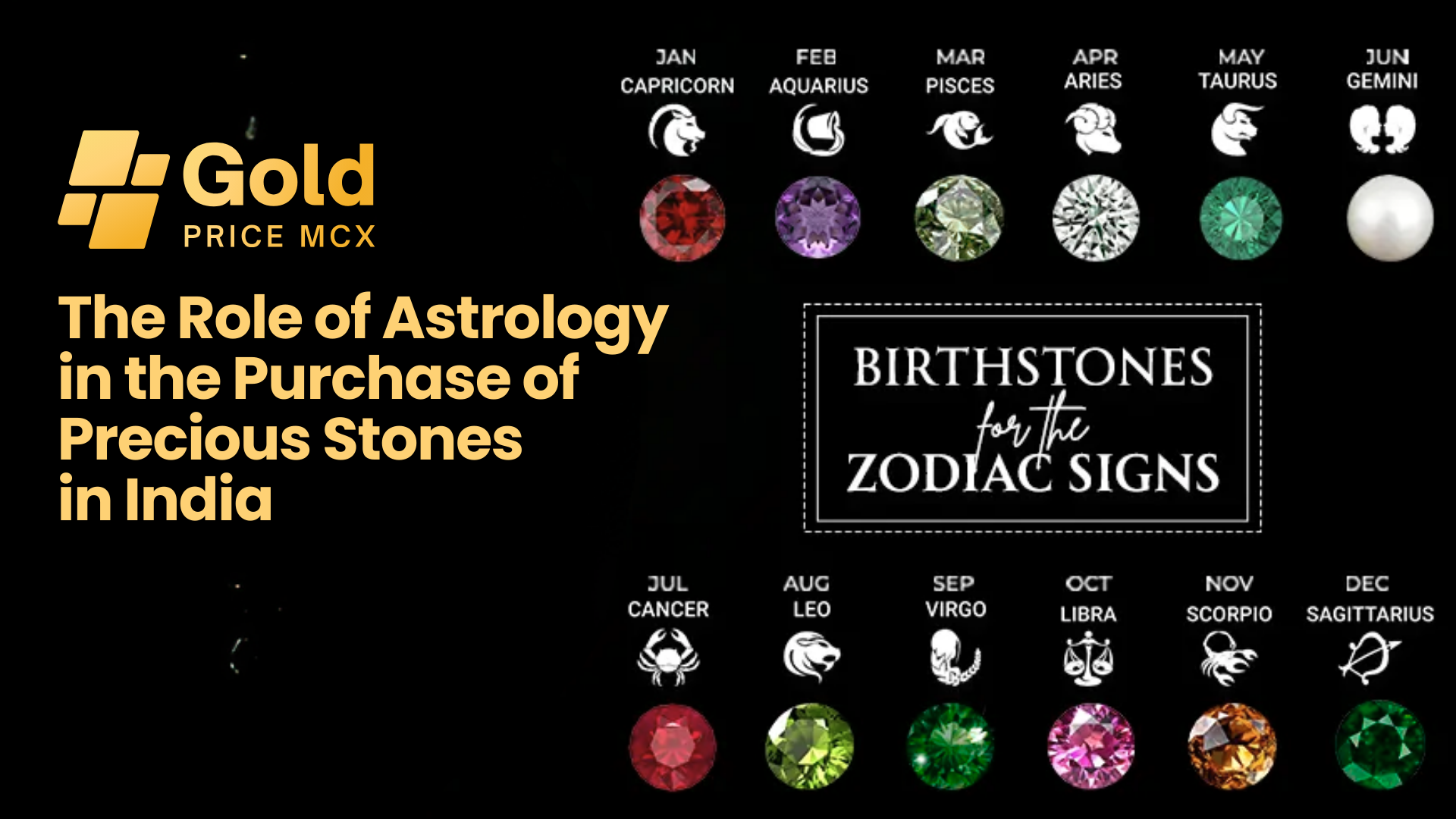A staggering 800 tons of gold were extracted from the Kolar Gold Fields. This made it a key player in India’s gold mining history. It operated for 150 years, making it a major gold-producing center in the country.
The Kolar Gold Fields, located in Karnataka, India, have a rich history. They date back to ancient times. The area was home to several gold mines, including the famous Champion Reef mine.
The Kolar Gold Fields were known for their significant gold deposits. They were once a thriving gold mining hub. The KGF was a major contributor to the Indian economy.
The history of the Kolar Gold Fields is a fascinating story. It tells of the rise and fall of a once-thriving gold mining industry. Bharat Gold Mines Limited played a significant role in the development of the KGF.
Key Takeaways
- The Kolar Gold Fields were a significant contributor to gold mining in India, producing over 800 tons of gold.
- The Kolar Gold Fields were operated by Bharat Gold Mines Limited, a major player in the Indian gold mining industry.
- The area was home to several gold mines, including the famous Champion Reef mine, which was a major part of the KGF.
- The Kolar Gold Fields have a rich history dating back to ancient times, with evidence of gold mining activities in the area.
- The KGF was a major contributor to the Indian economy, with the gold mining industry being a significant source of revenue.
- The Kolar Gold Fields are located in Karnataka, India, and were once a thriving gold mining hub.
The Ancient Origins of Kolar Gold Fields
The Kolar Gold Fields have a rich mining history. Gold mining here dates back to ancient times. The Kolar district was once home to the Chola and Vijayanagara empires. They mined gold using traditional methods like panning and sluice boxing.
These methods helped build India’s gold reserves. The Champion Reef, a key gold-bearing quartz reef, was likely found during this era. Early mining in ancient India relied on these traditional methods passed down through generations.
Early Mining Activities in Ancient India
Some traditional mining methods used in ancient India include:
- Panning: a method used to separate gold from soil and gravel
- Sluice boxing: a method used to extract gold from streams and rivers
- Quarrying: a method used to extract gold from rocks and quartz reefs
These simple yet effective methods were crucial in developing India’s gold reserves.
Historical Documentation of Gold in Kolar
Records of gold in Kolar go back to the 1st century AD. The Kolar Gold Fields were a key gold source for ancient Indian empires. Their impact is still felt today.
British Era Development and Modernization
The Kolar Gold Fields, or KGF, saw big changes during the British era. This time was key in kgf history. The British brought in new mining ways and tools, making more gold and money.
The mines became a big place for gold, drawing tourists and investors. This made kgf tourism grow. People came to see the mines and learn about the area’s rich history.
Some important things happened then:
- Companies like Bharat Gold Mines Limited helped grow the Kolar Gold Fields.
- New mining tools and methods made getting gold better and more.
- More people visited to learn about the area’s history and see the mines.
The British era was a big change for the Kolar Gold Fields. It moved towards modern ways and growth. The mines became a big part of the local economy. Today, the Kolar Gold Fields are a big part of Karnataka’s history.
The Golden Age of Kolar Gold Fields
The Kolar Gold Fields saw a big jump in gold production in the mid-20th century. It became a key economic center. The kolar gold fields economy grew strong, adding a lot to the country’s gold stock. The kgf location was perfect, with rich gold deposits and good geology.
Important kgf facts from then include the use of new mining tools. These tools boosted gold output and made mining better. This time was the peak for gold production, with the Kolar Gold Fields leading the world in quality gold. Many countries wanted to buy this gold.
Peak Production Years
In this time, the Kolar Gold Fields mined 1.3 grams of gold per ton of ore. It was among the top gold mines in the country. The kolar gold fields economy was thriving, with jobs for thousands.
Technological Advancements
New technologies, like underground mining gear and better extraction ways, were key. They helped miners get gold faster and more efficiently. This led to more gold and money for the kgf location.
Understanding the Mining Operations
The gold mine kgf, also known as the Kolar Gold Fields, was a major gold mining operation in India. It has a long history of gold mining, dating back to ancient times. The mining in the Kolar Gold Fields was complex, using various techniques and equipment.
The mining techniques in the gold mines of India were a mix of traditional and modern methods. Some key techniques included:
- Underground mining: This involved digging tunnels and shafts to extract gold from the earth.
- Open-pit mining: This involved extracting gold from the surface of the earth.
- Placer mining: This involved extracting gold from alluvial deposits.
Mining Techniques and Equipment
The Champion Reef mine was one of the most famous mines in the area. Its discovery was a key factor in the development of the gold mine kgf. The mine was known for its rich gold deposits and was operated by the Bharat Gold Mines Limited.
The Champion Reef Discovery
The underground network and infrastructure of the mines were extensive. Many tunnels and shafts connected the different mines. The gold mine history of the area shows the rich gold deposits found in the gold mines of India.
Underground Network and Infrastructure
| Mine Name | Location | Gold Production |
|---|---|---|
| Champion Reef Mine | Kolar Gold Fields | 1000 kg |
| Oorgaum Mine | Kolar Gold Fields | 500 kg |
| Coromandel Mine | Kolar Gold Fields | 2000 kg |
Life in the Mining Township
The Kolar Gold Fields in kgf karnataka were more than just mines. They were a lively township with a rich culture. The buildings here showed the British colonial style, adding to the area’s charm. The community loved to celebrate with many festivals and events, showing off their diversity.
At the heart of the township were the gold mines. They provided jobs for many miners and their families. The community was tight-knit, coming together for special occasions. Life in the mining township was filled with:
- Cultural events and festivals, which brought the community together
- Traditional mining practices, which were passed down through generations
- Community gatherings, which fostered a sense of belonging among residents
The township’s history shows how important the kolar gold fields were in kgf karnataka. The gold mines were key to the community’s life, with many families depending on them. Today, efforts are made to keep the township’s history and culture alive.
| Aspect of Life | Description |
|---|---|
| Cultural Events | Regular festivals and celebrations |
| Traditional Mining Practices | Passed down through generations |
| Community Gatherings | Fostered a sense of belonging among residents |
Economic Impact on Karnataka and India
The kolar gold fields had a big impact on Karnataka and India’s economy. The kgf was a key player in the country’s gold production. The bharat gold mines limited was vital in the growth of the kolar gold fields.
Employment Generation
Thousands of jobs were created in the kolar gold fields. These jobs were for people living nearby. This helped the local economy grow.
Revenue Contribution
The kolar gold fields brought in a lot of money for the state. The kgf was a big source of income. The bharat gold mines limited paid taxes and royalties to the government.
Regional Development
The kolar gold fields helped develop the area. Many projects and services were built there. This growth improved life in nearby towns and cities.
The kolar gold fields’ impact on Karnataka and India shows their importance. The kgf and the bharat gold mines limited were key in the mining industry.
| Category | Contribution |
|---|---|
| Employment Generation | Thousands of jobs |
| Revenue Contribution | Significant contribution to state revenue |
| Regional Development | Infrastructure projects and social services |
The Beginning of the End
The Kolar Gold Fields were once a bustling mining area in the Kolar district. But by the late 20th century, they started to decline. This was due to operational and financial issues.
As mining history went on, getting gold became harder. This was because the easy-to-reach gold deposits were running out.
Several factors led to the decline of the Kolar Gold Fields. These include:
- Increased competition from other gold-producing countries
- Rising cost of extraction due to the depletion of easily accessible gold deposits
- Environmental challenges, such as water pollution and soil degradation, associated with the Champion Reef mining activities
The mining history of the Kolar district is complex and interesting. The Champion Reef played a big role in it. As India’s gold mining industry changes, learning from the Kolar Gold Fields is key. We must aim for sustainable and eco-friendly mining practices.
The Kolar Gold Fields’ story teaches us about responsible mining. It shows the need to balance economic growth with protecting the environment. Reflecting on the region’s mining history gives us insights into the future of gold mining in India.
| Year | Gold Production | Employment |
|---|---|---|
| 1950 | 100,000 kg | 10,000 |
| 1960 | 80,000 kg | 8,000 |
| 1970 | 60,000 kg | 6,000 |
Factors Leading to the Closure
The Kolar Gold Fields, a key part of kgf history, closed for several reasons. One big reason was the lack of gold deposits, affecting kgf mines. As gold reserves ran low, mining became less profitable.
Environmental issues also played a big role. Mining harmed the local ecosystem, causing soil and water pollution. This hurt the environment and the health of nearby residents, making kgf tourism less attractive.
The mines also faced financial troubles. Extracting gold from the remaining reserves was expensive. This, along with environmental worries and gold depletion, led to the mines’ closure.
Here are some key factors that contributed to the closure:
- Depletion of gold deposits
- Environmental concerns and degradation
- Financial struggles and high extraction costs
The closure of the Kolar Gold Fields had a big impact on the local community and Karnataka’s economy. Knowing why it closed helps us understand kgf history and the potential for tourism in the area.
| Factor | Impact |
|---|---|
| Depletion of gold deposits | Reduced mining operations and employment opportunities |
| Environmental concerns | Negative impact on local ecosystem and health |
| Financial struggles | High extraction costs and reduced profitability |
Post-Closure Impact on Local Communities
The closure of the Kolar Gold Fields has greatly affected the local community. Many people have moved to other places for work. The once-thriving mining town now faces job and economic growth challenges.
Some of the key challenges faced by the local community include:
- Loss of employment opportunities
- Decline in local businesses
- Reduced economic activity
The mining industry was crucial to the local economy. Now, there’s a need for new industries and support for local businesses. Efforts to promote tourism and other sectors are underway.
Living conditions in the area are tough, with many struggling financially. Yet, there are plans to boost the economy. These include tourism promotion and support for local businesses.
| Category | Pre-Closure | Post-Closure |
|---|---|---|
| Employment | High | Low |
| Economic Activity | High | Low |
| Migration | Low | High |
Environmental Legacy and Concerns
The gold mine kgf has left a lasting impact on the environment. Issues like water pollution, soil degradation, and deforestation have affected local wildlife and human health. Efforts are underway to fix these problems and restore the ecosystem.
The history of gold mining in India is complex. While it has brought in revenue, it has also harmed the environment. Key concerns include:
- Water pollution from mining activities
- Soil degradation due to deforestation and mining waste
- Loss of biodiversity in the affected areas
Despite these challenges, there’s hope for the future. The kolar gold fields in Karnataka can be made better through sustainable practices. By learning from the past, we can work towards a greener future for gold mines in India.
The table below shows some environmental concerns and possible solutions for the gold mine kgf:
| Environmental Concern | Potential Solution |
|---|---|
| Water pollution | Implementation of wastewater treatment plants |
| Soil degradation | Reforestation and soil conservation efforts |
| Loss of biodiversity | Creation of wildlife sanctuaries and conservation areas |
By tackling these environmental issues and adopting sustainable practices, we can lessen the harm caused by the gold mine kgf. This will help create a greener future for gold mines in India.
Future Prospects and Revival Attempts
The Kolar Gold Fields in Karnataka have a rich history. They were once a key part of India’s gold mining. Now, efforts are underway to bring them back to life.
The government is working hard to restore the area. They want to improve the local economy and protect the environment. This includes the unique architecture of the gold mines.
Some important projects are underway:
- Investment in infrastructure to support tourism, which could help showcase the historic gold mines and attract visitors interested in the kgf karnataka.
- Private sector interest in the area, with companies looking to invest in the gold mines and potentially restart mining operations.
- Environmental conservation efforts to protect the natural resources of the region and preserve the kgf architecture.
These plans aim to revive the Kolar Gold Fields. They want to use the area’s tourism potential and its rich history. The future of the Kolar Gold Fields looks bright, thanks to these efforts.
Conclusion
The story of the Kolar Gold Fields (KGF) comes to an end, leaving a bittersweet legacy. This area was once a key part of India’s mining scene. Now, it faces challenges and triumphs, with lasting effects.
The KGF closed in 2001, but its impact is still felt. In Karnataka and across India, people remember its importance. The closure of Bharat Gold Mines Limited has deeply affected local communities.
Jobs were lost, and skilled workers moved away. This changed the area’s social and economic landscape. Yet, the people’s resilience is clear as they find new ways to live and work.
The environmental impact of KGF mining is a big concern. Mining has damaged the land and polluted water. Efforts to clean up and protect the environment are ongoing.
Despite these issues, there’s hope for the future. The government and private companies are working to revive the area. Tourism could bring new life to KGF, thanks to its history and culture.
The KGF’s story teaches us about the importance of balancing growth and protecting the environment. It reminds us of the need for careful planning and responsible development.
FAQ
What is the history of the Kolar Gold Fields?
The Kolar Gold Fields have a long history, dating back to ancient times. They were known for their gold deposits. The famous Champion Reef mine was one of the mines here.
The area saw a lot of development during the British era. In the mid-20th century, gold production reached its peak. This was the golden age of the Kolar Gold Fields.
What were the key factors that led to the decline of the Kolar Gold Fields?
The decline of the Kolar Gold Fields started in the latter half of the 20th century. Several factors contributed to this decline. Competition from other gold-producing countries was one.
Another factor was the depletion of easily accessible gold deposits. Environmental concerns like water pollution and soil degradation also played a role.
What was the impact of the closure of the Kolar Gold Fields on the local community?
The closure of the Kolar Gold Fields had a big impact on the local community. Many people lost their jobs and livelihoods. This led to changes in the community, including migration and challenging living conditions.
What are the environmental concerns associated with the Kolar Gold Fields?
The Kolar Gold Fields have left a lasting environmental impact. Mining has harmed the local ecosystem. Water pollution, soil degradation, and deforestation are some of the concerns.
These issues have negatively affected local wildlife and human health.
What are the future prospects and revival attempts for the Kolar Gold Fields?
Despite the decline, efforts are being made to revive the Kolar Gold Fields. The government has started several projects. There is also interest from the private sector.
The tourism potential of the Kolar Gold Fields is being explored. This could help preserve the area’s history and heritage.













